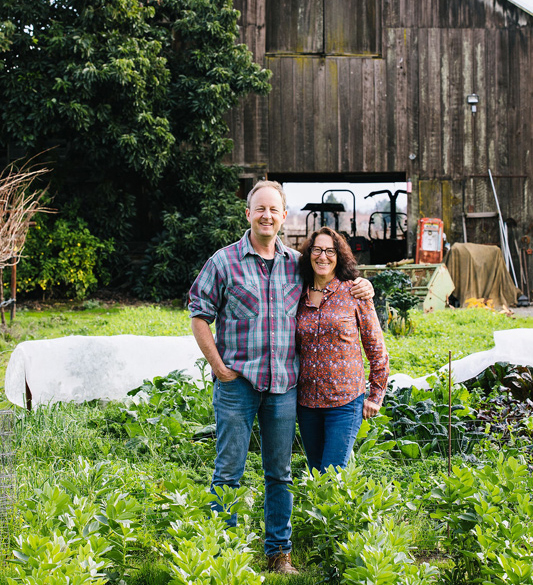
As any produce shopper will tell you, the USDA Organic sticker is hard to miss. In fact, it might be one of the most recognizable brands in the American grocery aisle, right up there with Coke and Cheerios. But this doesn’t even begin to capture the enormity of its impact. The result of a 12-year regulatory effort, beginning in 1990 with the Organic Foods Production Act — which itself was inspired by decades of environmentalism following the release of Rachel Carlson’s Silent Spring in 1962 — this little green and white sticker completely revolutionized the way we eat. What it didn’t do, however, was make even an iota of difference in the way we drink.
Which is not to say the USDA didn’t have high hopes. But ask anyone from the wine industry what the USDA Organic symbol represents, and they’re bound to tell you some version of the same thing: Failure.
Much of this can be chalked up to timing. When the logo began popping up on bottles around 2002, the wine industry was in peak boomer mode. Consumers wanted comfort and extravagance: Yoo-hoo packaged like Louis Vuitton.
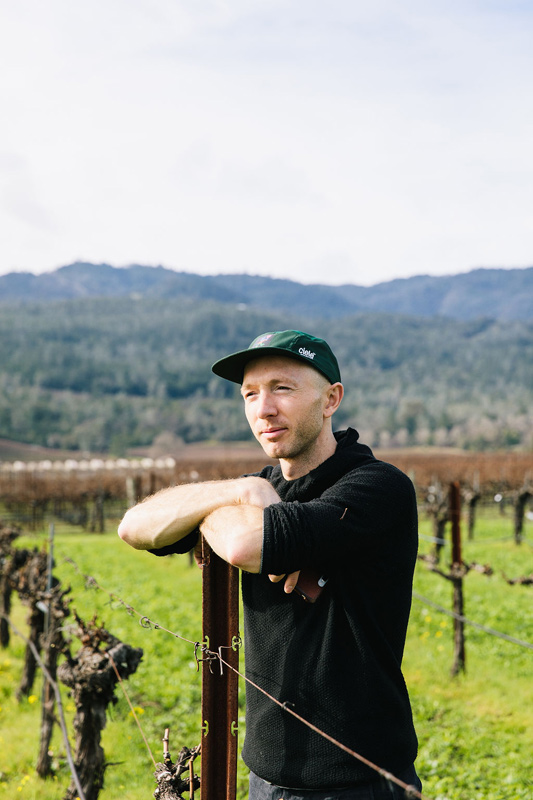
And, simply put, these were not flavors or feelings that the producers of organic wine — prohibited from adding sulfites (a key preservative) and Mega Purple (a ubiquitous colorant made from grape syrup) — were equipped to deliver. So even as the farm-to-table movement gathered steam, organic wine languished — forever to be regarded by consumers in a quaint, fleeting sort of way, like that neighbor who makes his own honey.
But bad timing aside, I see organic wine’s flop as a failure of imagination on the part of the wine industry.
When we care about something, we talk about it. We invent myths and argue over semantics. And, culturally speaking, we care a lot about wine. In fact, no other drink inspires such a wide range of responses — from feeling inadequate to feeling Godlike — nor is more vital to our social and ceremonial lives. Jesus didn’t turn water into pomegranate juice — and when Biggie was thirsty, he sipped Champagne.
So clearly the importance of storytelling was lost on the USDA. However, winemakers took notice: Organic wine was not going to sell itself. And thus began the decades-long saga of reinventing organic wine to capture the Zeitgeist of the moment and make consumers care.
Here is a pocket guide to the most popular organic wine categories that have emerged as a result.
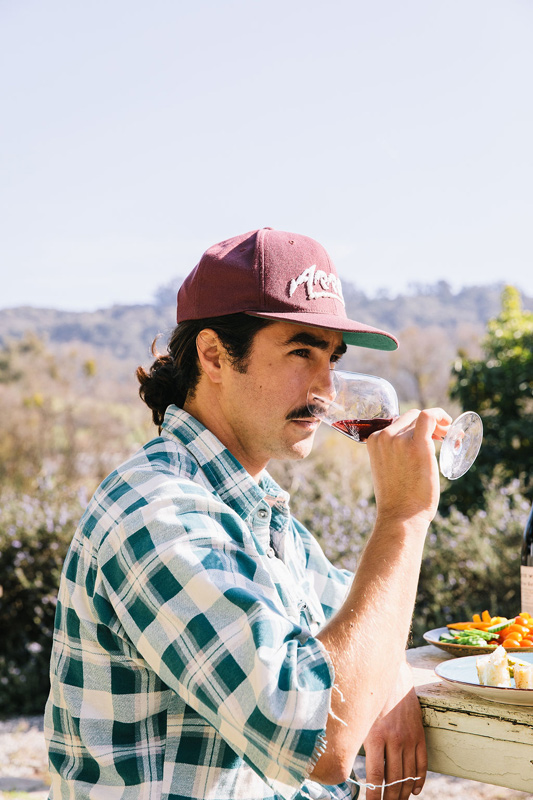
Certified Organic
Delineated by the USDA Organic symbol and legally defined as “made from organic grapes without added sulfites.” Unlike its cool-kid alter ego, natural wine, this category failed to catch on among the wine luminati. However, it’s far from irrelevant. For supermarket wine shoppers — by far in the majority — this should be the most important criterion after price. But keep in mind that certification is prohibitively expensive for most small producers, many of whom far exceed the USDA’s minimum requirements — which is why I’ll always choose handmade over government-approved.
Made from Organic Grapes
Welcome back, Mega Purple! While the grapes are USDA Organic, the final wine is not — meaning all those additives and preservatives used in conventional winemaking are back in play. But maybe this is not such a bad thing. If you’re all for organic agriculture, but prefer the predictable flavors of big-business wine, this is the category for you.
Biodynamic
Meet organic wine’s first successful rebrand. Largely the story of two evangelical nonfarmers — Austrian philosopher Rudolph Steiner and French banker turned winemaker Nicolas Joly — biodynamics is a prescientific version of organic farming rooted in the occult: Activities follow a lunar calendar, and vineyards are treated with homeopathic remedies called preparations. Composting is elevated to an art form. But as kooky as it all may sound, biodynamic wines tend to be delicious and graceful. Plus, Demeter — biodynamics’ official certifier — is the oldest organic certification in Europe, and remains the highest grade of organic farming in the world.
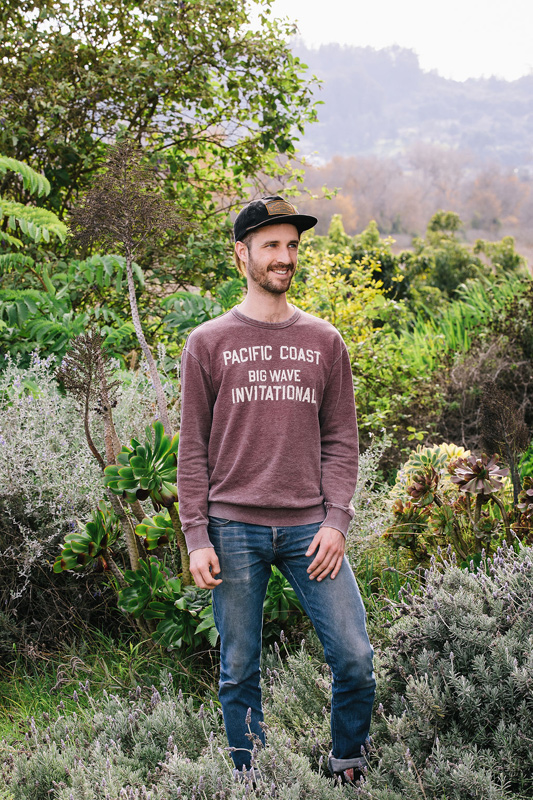
Regenerative
Pioneered at the Rodale Institute in the 1980s, regenerative agriculture is modern science at its best. But more than that, it’s progressive idealism translated into agriculture. Rather than a single idea, think of it as a toolbox of principles and practices for rebuilding topsoil and restoring biodiversity. For example, its “no till” policy is a method of carbon sequestration that may prove vital in the fight against climate change.
Natural wine
Organic wine with sprezzatura (Italian for hip). No legal definition — yet — but it does have a manifesto: Nothing added, nothing taken away. What began as a back-to-the-basics revolt against Beaujolais Nouveau in the 1970s has now spread across the globe: the farm-to-table movement the wine world never had. It only took 40 years, a revolution in Parisian wine bar culture, and a whole lot of undrinkable pét-nat (a fizzy alternative to Champagne) to get here. It’s, as they say, a vibe.
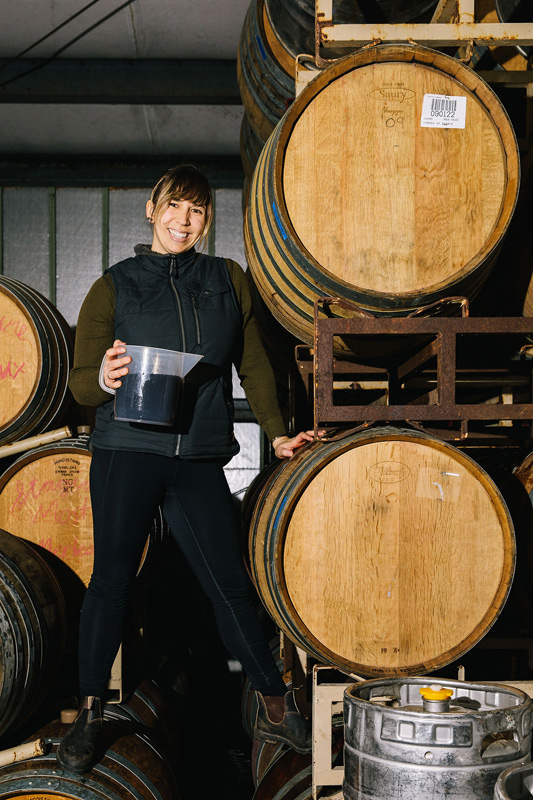
Clean wine
In July 2020, an asteroid the size of Indiana came hurtling toward the natural wine world. No, it was not a literal fireball. It was a light pink rosé called Avaline.
Owned by actress Cameron Diaz and beauty entrepreneur Katherine Power, Avaline was not the only “clean wine” brand to splash across Instagram feeds this past summer, but it was far and away the most ambitious, marking wine’s official entrance into the wellness economy.
But what makes clean wine clean, exactly? The same thing, it turns out, that makes SoulCycle soulful: Marketing. To compare natural wine and clean wine is to realize that handmade and high-touch mean two very different things. Goodbye, age-old themes like patience and tradition, hello, exuberant commercialism — an industry built overnight to sell you what amounts to pricey wine with unnecessary additives. Pea protein, anyone?
Depending on whom you talk to — by which I mean follow on Twitter — clean wine is either the harbinger of doom or the best thing since Goop’s vagina-scented candles. But let’s not lose any sleep over it. What we should be focusing on is what all of these organic categories fail to address: the human component — diversity, inclusion, and social equity. And until these issues are addressed, organic wine will remain just a little green sticker on the back of a bottle.

